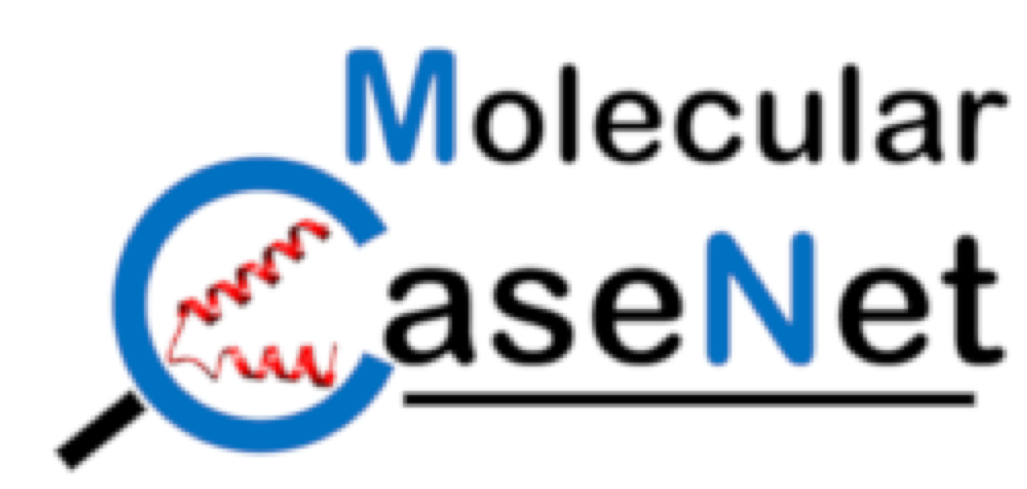Maria vs Malaria - AR Adaptation
Author(s): Didem Vardar-Ulu1, Saif Eldeen Ragab1, Swati Agrawal2
1. Boston University, Chemistry Department 2. University of Mary Washington
258 total view(s), 135 download(s)
Description
Maria vs Malaria - AR Adaptation
Overview: The case discusses an environmental scientist Maria’s search for an antimalarial drug treatment after she contracts Malaria during her research trip to the Amazon Rainforest. The case begins with her confirming that her symptoms were from Malaria via rapid diagnostic and then her doctors identifying the specific Malaria parasite to be Plasmodium falciparum. Through information she received from her colleague at the Center for Disease Control (CDC) and her own research, she starts focusing on a newly identified Lactate Dehydrogenase inhibitor to determine if it could be used as a safe and effective treatment for Malaria. The case explores the structure-function relationship of the critical metabolic enzyme Lactate Dehydrogenase and exemplifies how small molecular differences between the active sites of the same enzyme from two different organisms (in this case Plasmodium Falciparum and human) could be leveraged to develop selective competitive inhibitors of the enzyme to provide safe and effective drug treatments.
Molecules Explored: The primary molecule studied in this case is Lactate Dehydrogenase. Visualization and exploration of both the parasitic and human structures of this enzyme are carried out throughout the case. The other two important molecules visualized are the coenzyme NADH (Nicotinamide adenine dinucleotide) and a specific competitive inhibitor.
This case study is divided into two main parts where part one explores the similarities and differences between human lactate dehydrogenase (hLDH) enzyme and Plasmodium falciparum’s lactate dehydrogenase (pfLDH) enzyme. Part two explores the differences in inhibitor binding properties to both enzymes. Students will be able to compare the binding sites of the inhibitor to understand why it is able to treat malaria by inhibiting an essential enzyme used for its survival.
Notes
This adaptation was developed to include information so that students can view selected molecular views in 3D using Augmented Reality. This makes it suitable for large sized classes.
A few formatting issues and figure annotations were updated in the student and teacher versions of the MCS - version date 20231118, updated on 20240119.
Cite this work
Researchers should cite this work as follows:
- Vardar-Ulu, D., Ragab, S. E., Agrawal, S. (2023). Maria vs Malaria - AR Adaptation. Molecular CaseNet, QUBES Educational Resources. doi:10.25334/Y0D3-QX42
